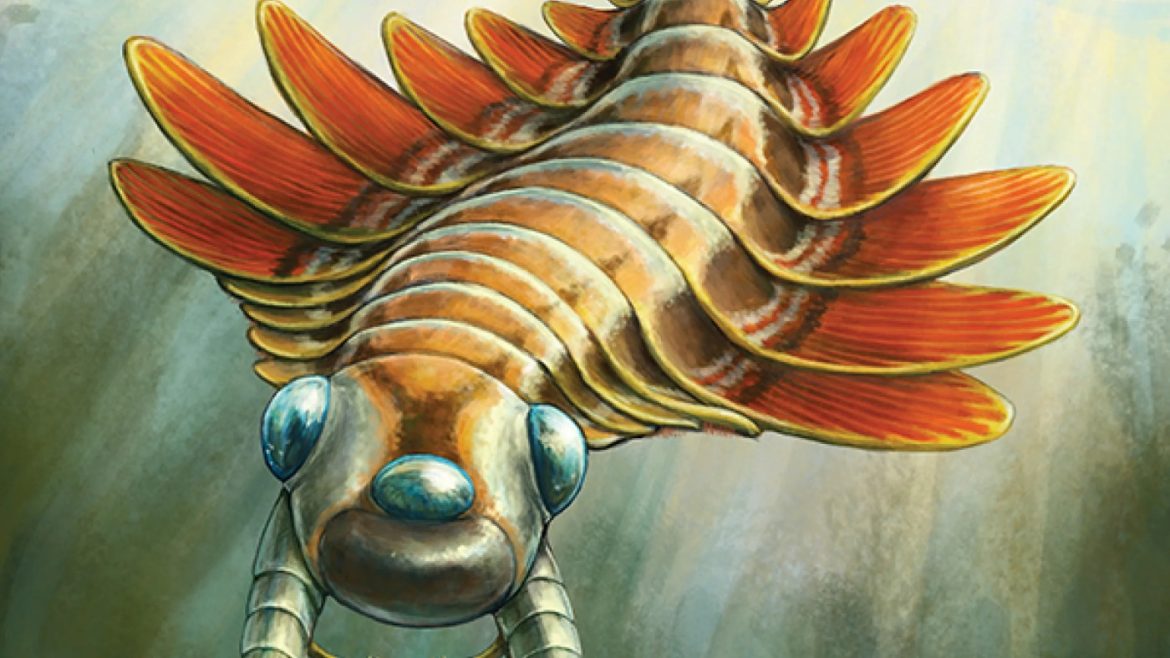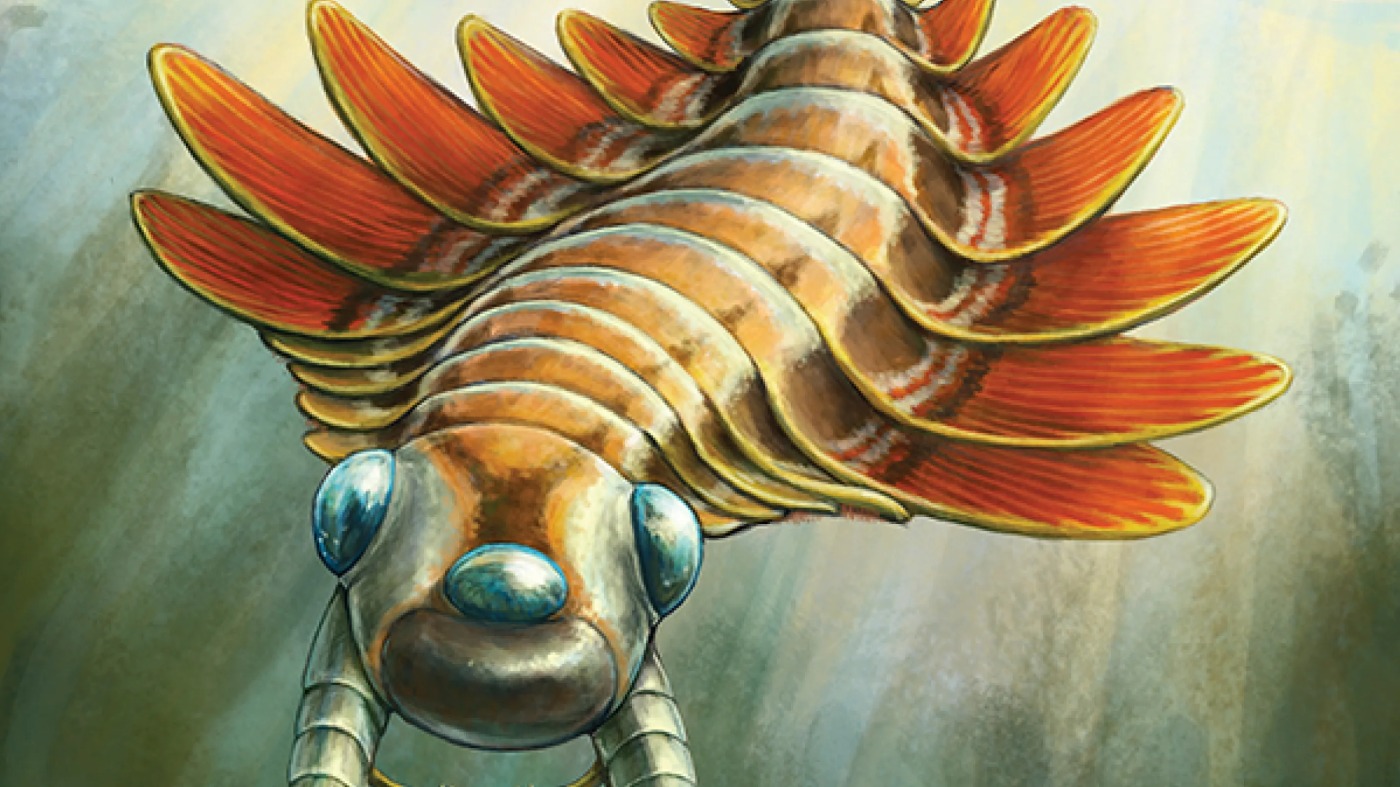Unearthing Mosura fentoni: The Three-Eyed Sea Moth Predator from 506 Million Years Ago
Paleontology continually reshapes our understanding of ancient life and evolution, and the recent discovery of a three-eyed sea predator from over half a billion years ago stands as a testament to that transformative process. This predator, Mosura fentoni, colloquially dubbed the “sea moth,” has captivated scientists with its unusual anatomy and evolutionary significance. Found fossilized in the Burgess Shale deposits in Canada, one of the richest fossil repositories in the world, Mosura fentoni offers fresh clues about Cambrian marine ecosystems, arthropod evolution, and sensory biology from a period roughly 506 million years ago.
The Discovery and Its Context
Mosura fentoni’s fossils emerged from the renowned Burgess Shale formation in the Canadian Rockies, a site celebrated for its exceptional preservation of soft-bodied organisms from the Cambrian Period. This was a time when life was rapidly diversifying, and marine ecosystems were bustling with novel forms.
Scientists from institutions including the Manitoba Museum and the Royal Ontario Museum (ROM) meticulously examined more than five dozen fossil specimens of this species. The findings were published in journals such as Royal Society Open Science, heralding the discovery as both remarkable and rare. The exceptional quality of preservation allowed researchers not only to visualize the creature’s external morphology but also to infer critical features like the structure of its mouth, eyes, limbs, and even respiratory adaptations.
Anatomy: A Predator Unlike Any Other
What distinguishes Mosura fentoni from other Cambrian creatures—and indeed most modern animals—is its striking three-eyed configuration paired with a unique set of predatory tools. Approximately the size of a human index finger, this tiny marine arthropod featured:
– Three Eyes: Two protruding eyes positioned on the sides of its head and a larger, conspicuous central eye. This eye arrangement is unique and prompts fascinating questions about sensory processing and environmental awareness in early arthropods.
– Pencil Sharpener-Like Mouth: The circular oral apparatus was lined with teeth suited for grasping or shredding prey, indicating a carnivorous and actively predatory lifestyle.
– Spiky, Jointed Claws: These appendages likely helped in prey capture and mobility, and bear resemblance to jointed claws of modern crustaceans and insects.
– Moth-Like Wings: Its nickname, “sea moth,” emerges from the creature’s flattened body and wing-like structures that may have aided in swimming or maneuvering underwater.
– Breathing Through Rear: Remarkably, researchers discovered that Mosura fentoni used its posterior end for respiration, an unusual anatomical detail suggesting diverse evolutionary experimentation during the Cambrian.
Evolutionary Implications
The discovery adds a substantial piece to the puzzle of early arthropod evolution, particularly radiodonts—a group of predatory arthropods that includes species like Anomalocaris. Mosura fentoni’s anatomical traits challenge prior assumptions, providing an important intermediary glimpse between early Cambrian fauna and later arthropod lineages.
– Sensory Evolution: The three-eye setup adds complexity to our knowledge of how early arthropods developed vision. While many extant crustaceans and insects have multiple eyes to help orient themselves in space, Mosura’s larger central eye suggests it may have had a different or more specialized form of visual processing.
– Brain and Nervous System Insights: Exceptionally detailed fossilization has preserved aspects of the brain and nervous system in related species like Stanleycaris hirpex, a close relative. This sets a foundation to rethink insect and arthropod neurological development over hundreds of millions of years.
– Predatory Role in Cambrian Ecosystems: Mosura fentoni, despite its small size, was a significant predator in early ocean food webs, showcasing the complexity and dynamism of Cambrian life. The presence of specialized features for predation implies niches and behaviors that parallel modern arthropods, highlighting evolutionary continuity shaped over eons.
Comparing Mosura to Modern Arthropods
No living animal exactly replicates Mosura fentoni, yet there are intriguing parallels:
– Modern insects and crustaceans share the jointed claw design, pointing to evolutionary stability in limb morphology.
– Many contemporary marine species have multiple eyes, but Mosura’s triple-eye configuration remains distinctive, possibly optimized for a predator navigating Cambrian seas with unique environmental challenges.
– The respiratory strategy and body shape indicate an evolutionary experiment that didn’t persist in later lineages but enriches our understanding of anatomical diversity in early animals.
Conclusion: A Window into Deep Time and Evolutionary Innovation
The discovery of Mosura fentoni transcends a mere addition to the fossil record; it embodies the intricate tapestry of life’s early evolution. This three-eyed sea moth not only reveals astonishing anatomical features and adaptations but also deepens scientific understanding of how arthropods—one of the most diverse and successful animal groups today—evolved their complex body structures, sensory organs, and ecological roles.
As paleontologists continue to explore Burgess Shale and similar fossil beds, the revelations from Mosura fentoni remind us that the Cambrian Period remains an unparalleled chapter of evolutionary experimentation, with countless stories waiting beneath stone and time. This tiny, spiky predator with a trio of eyes invites us to reflect on the remarkable journey of life from strange primordial seas to today’s complex ecosystems.


